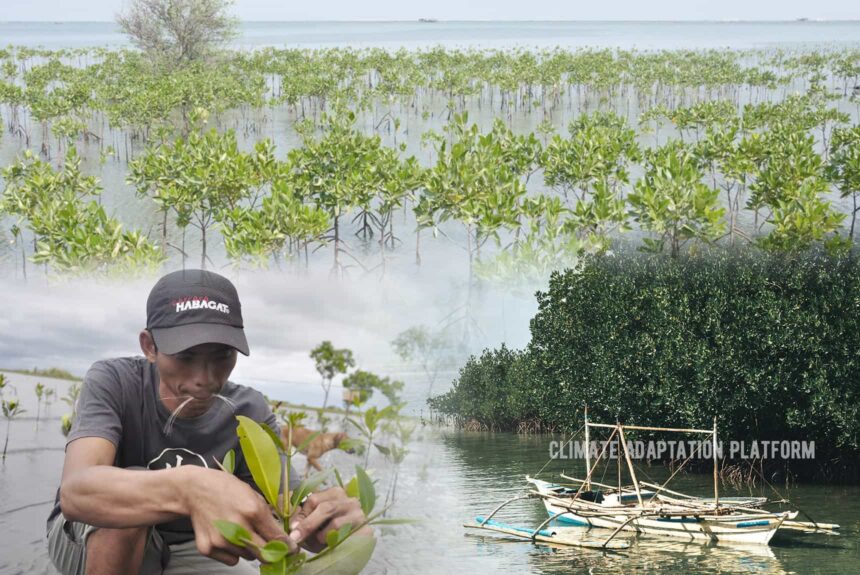The Philippines is one of the most disaster-prone countries in the world. Located along the boundary of major tectonic plates and at the centre of a typhoon belt, its more than 7,000 islands are frequently affected by typhoons, landslides, floods, earthquakes, droughts, and volcanic eruptions.
The Philippines deals with 20 typhoons on average annually. Typhoon Haiyan (local name Yolanda) was the most powerful typhoon in 2013 and the most powerful one of all time.
The Category 5 storm caused catastrophic damage to the Visayas group of islands, the country’s central region with a population of 17 million people. It killed close to 10,000 people and displaced more than 4 million people.
Climate change is predicted to make typhoons more intense and frequent, increasing the vulnerabilities in the Philippines, particularly in coastal areas.
Increasing loss and damage from typhoons, floods, and natural events and the slow onset of climate change will erode economic development in communities and escalate poverty.
As more than 70% of Filipinos rely on farming and fishing for livelihood and food, sustainable and healthy ecosystems and protection of nature are crucial for the country.
Concepcion, a coastal town in Northern Iloilo in Panay Island, Philippines, was one of the many coastal communities ravaged by typhoon Yolanda in 2013. Around 90% of the homes and livelihoods were affected by the super typhoon.
The super typhoon also caused widespread destruction of its coral reefs, reducing them from 70% to just 10%. The damage can significantly lessen the future fish harvest impacting the community highly dependent on fisheries for its income.
Building Resilience through Green and Grey solutions
Conservation International partnered with the local government of Concepcion and five other neighbouring coastal towns in Panay Island to help communities implement an innovative approach – green and grey solutions.
The solution combines ecosystem conservation and restoration to reduce Yolanda’s impacts and build resilience for the upcoming storms.
Implementing the green and grey solution involved the community in restoring at least 50 hectares of mangrove areas, establishing protection and management of the marine areas, and building structures such as breakwaters, sediment traps, and wave attenuation fences to restore vulnerable coastal communities.
Conservation International says, “Our innovative green-grey approach in Concepcion will encourage sustainable fisheries and introduce other livelihood options — so there is less pressure on fish stocks. It will build community resilience against climate impacts while restoring coral and marine biodiversity — for the fishermen, their families and the larger community.”
Sources:
Green-Gray Storm Shelters. (2022). Conservation International. Retrieved from https://www.conservation.org/philippines/projects/green-gray-storm-shelters
Reid, K. (2018, November 9). Typhoon Haiyan: Facts, FAQs, and how to help. World Vision. Retrieved from https://www.worldvision.org/disaster-relief-news-stories/2013-typhoon-haiyan-facts
How the Philippines deals with typhoons. (2021, November 17). Future Learn. Retrieved from https://www.futurelearn.com/info/futurelearn-international/philippines-typhoons#



Leave a Reply